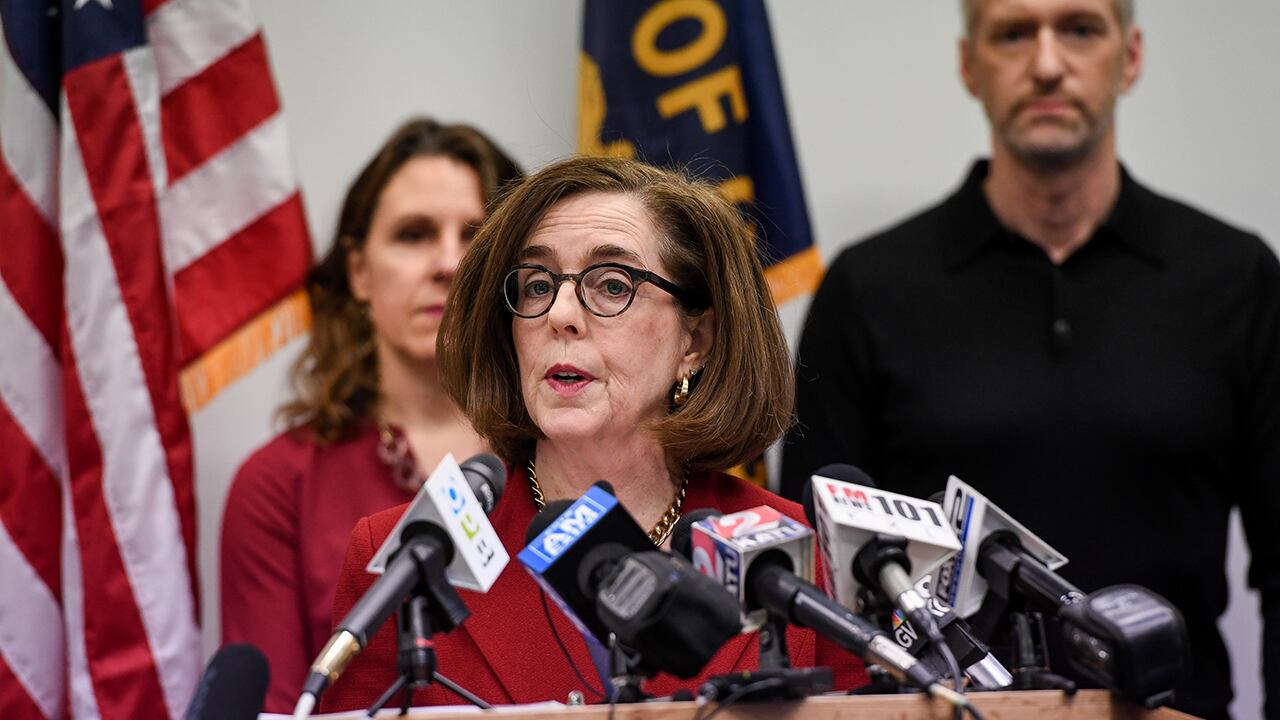On Nov. 2, Oregon Gov. Kate Brown invoked her emergency powers to coordinate a law enforcement response to expected civil unrest in the streets of Portland on election night.
That might have seemed an extraordinary move when the year began. By now, it's become commonplace. Since 2020 began, Brown has issued an executive order, on average, every five days.
The Nov. 2 order—her 61st this year—puts Brown on track to eclipse the number of executive orders she issued during the first three years of her tenure combined: She issued 22 in 2017, 31 in 2018 and nine in 2019, totaling 62 executive orders. (After press deadline, Brown issued another executive order on Nov. 4 extending law enforcement's unified command structure in Portland through Friday, Nov. 6.)
Conservative critics have accused Brown of abusing her powers to secure a liberal agenda. But a review by WW of the 62 orders shows most of them were a reflection of the staggering events of 2020: a deadly pandemic, a historic economic downturn, once-in-a-century wildfires, and political violence.
Below, we highlight five of Brown's executive orders this year that show what the state has endured.
1. Executive Order 20-03, issued March 7, was Brown's first emergency order related to the pandemic. The order allowed the state to deploy emergency medical volunteers, establish diagnostic and treatment guidelines, and issue guidelines for private workplace restrictions. At the time, there were only 19 COVID-related deaths in the entire nation. Since March 7, Brown has renewed this order four times, most recently on Oct. 27.
2. Executive Order 20-07, issued March 17, prohibited gatherings of more than 25 people. "As of today, there are at least 51 cases and one death" in Oregon, Oregon, the emergency declaration said. The declaration ordered restaurants, food courts, coffee shops and taverns to close on-site services. It encouraged child care centers, workplaces and health care facilities to implement "social distancing, staggered schedules, [and] takeout."
3. Executive Order 20-27 was issued June 5. Known as Phase 2 of reopening, the order allowed groups of 50 or fewer in indoor spaces, and 100 or fewer in outdoor spaces in counties that qualify. Ice skating rinks, bowling alleys and arcades could reopen. Businesses offering "jetboats, mini golf, and batting cages" could operate again.
4. Executive Order 20-35 was issued Aug. 20, due to the "imminent threat of wildfires." The declaration ordered the Oregon National Guard to deploy wildfire resources statewide to communities in need in accordance with "Operations Agreement Smokey 2020." The order was enacted just three weeks before wildfires swept across the state, leveling several towns.
5. Executive Order 20-61 was issued Nov. 2, 2020—one day ahead of the general election—in anticipation of civil unrest. Portland police, under the direction of the Multnomah County Sheriff's Office and Oregon State Police, can deploy tear gas during election-related protests. Meanwhile, the Oregon National Guard is on standby.
